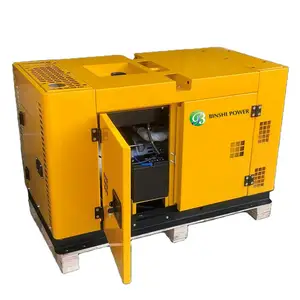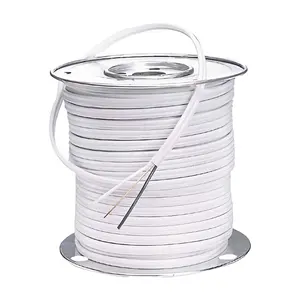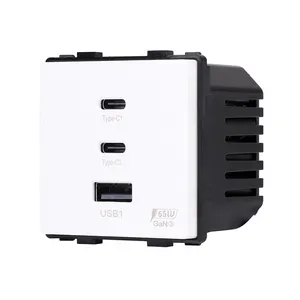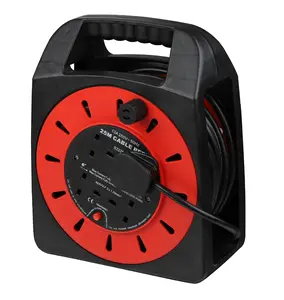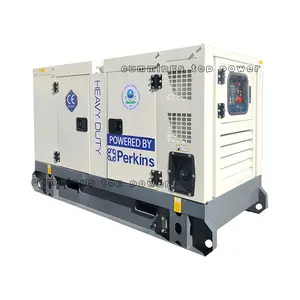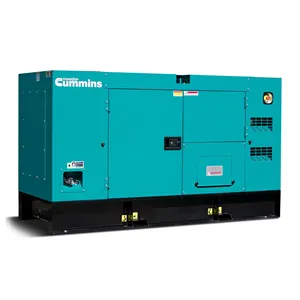Popular in your industry






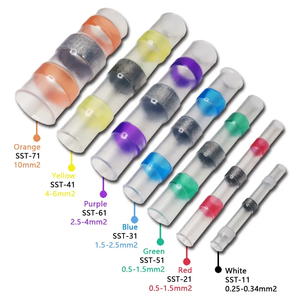




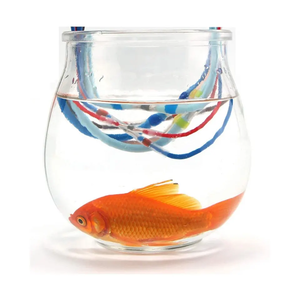























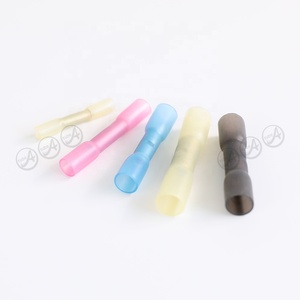





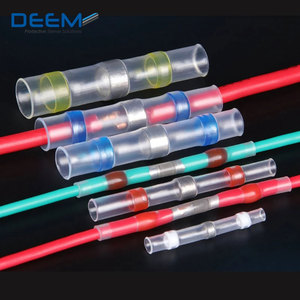





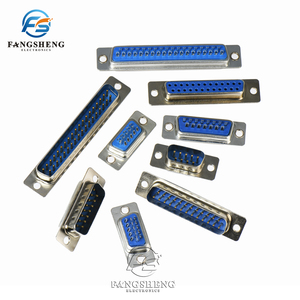

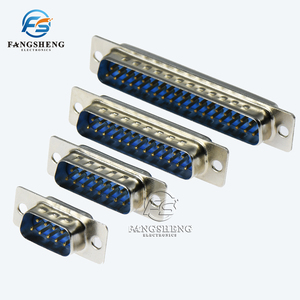
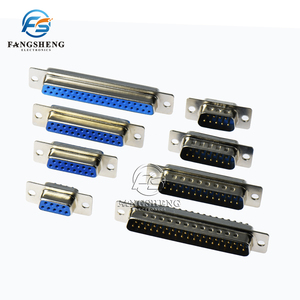

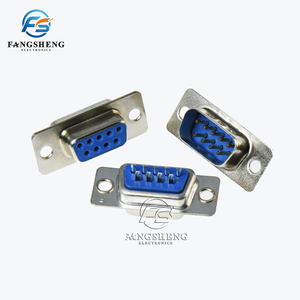





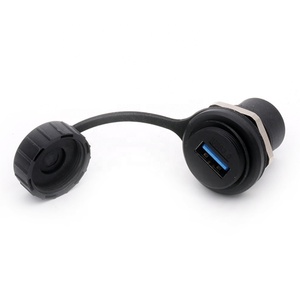




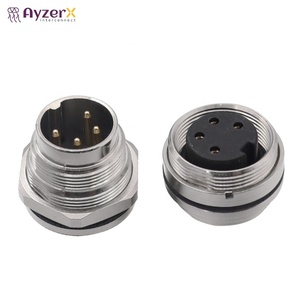

Top categories
About solder connector
Introduction
In the intricate world of electronics, solder connectors play a pivotal role, serving as the linchpin that holds various components together. This article serves as a comprehensive guide for buyers, helping you navigate the complexities of choosing the right solder connector. We delve into the nature of solder connectors, their various types, and the crucial factors to consider when making your selection. We also explore the comparison between crimp and solder connectors, and the implications of each for your specific needs. Additionally, we provide a step-by-step guide on how to properly solder a connector and the safety precautions to observe during the process.
Understanding Solder Connectors
Solder connectors are essential components in electronics, subject to joining processes primarily involving soldering. The process involves using a filler alloy to join two surfaces without melting the substrates. Flux is applied to the substrate to remove any oxide, enabling the molten solder to wet the clean substrate metal. The molten solder interacts with the solid metal of the substrate, dissolving some of it and forming intermetallic compounds. The specific combination of solder-substrate metals results in a particular intermetallic compound formation. Successful connector soldering presents challenges due to the connectors' larger size and greater thermal mass.
Types of Solder Connectors
Solder connectors come in various types, each with unique characteristics. The Butt Joint is a basic type where two pieces of metal are joined at each end. The Strapped Butt Joint is a reinforced version of the Butt Joint. The Scarf Joint involves soldering two pieces of metal end-to-end, each cut on a diagonal, increasing adherence and strength. The Step Joint resembles a stair step pattern, while the Lap Joint involves overlapping pieces. The Side Seam Joint is similar to the Lap Joint but stronger, and the Pipe Joint involves 'telescoping' adjacent pipes together.
Crimp vs Solder Connectors
Soldering and crimping are two common methods for joining electrical components. Soldering uses a melted metal alloy to create a bond, offering accessibility, simplicity, and affordability. However, it's labor-intensive, time-consuming, and less practical for harsh environments. Crimping, on the other hand, uses pressure to connect components. It's more flexible, heat-resistant, and vibration-resistant than soldering. The choice between crimping or soldering depends on factors like the application and the environment where the device will be used.
Factors to Consider When Choosing Solder Connectors
When choosing solder connectors, several factors should be considered. Firstly, the amperage and voltage running through your circuit will determine the available connectors and contact sizes. The wire size is also crucial as it determines the contact sizes you can choose from. The type of contact, either stamped and formed or machined, depends on your preference and crimping equipment. Delivery options for contacts vary, and your choice depends on your setup. Lastly, the plating on contacts impacts the conductivity and durability of the connection. Balancing these factors will ensure you choose the right solder connector for your needs.
Material and Quality
The quality of a solder connector is influenced by several factors. The pin material, the quality of the stamping, the choice of surface finish, and the tolerances on the plastic insulator are all crucial. However, the quality of the solder joints is paramount to the performance of the connector on the printed circuit board. The peak temperature for soldering is determined by the solder paste used. Solder paste manufacturers are exploring new materials to lower processing temperatures, but these often result in less robust solder joints.
Size and Type of Wire
When choosing a solder connector, the size and type of wire it will be used with are crucial considerations. For instance, a certain Solder and Seal Butt Connector, available on our platform, is designed for use with wire sizes between 22 and 18 AWG. This red-colored connector is a heat shrink style, providing a secure and durable connection. Its part number can be used for reference when purchasing. Remember, the wire size compatibility of the connector is key to ensuring a strong and reliable connection.
Connector Durability
Connector durability is influenced by several factors. The metal used in contacts, such as copper alloy, phosphor bronze, or beryllium copper, significantly impacts durability. High-quality connectors often use superior metals, ensuring longevity. The 'springiness' of the metal in female contacts also affects durability, as good contact pressure helps maintain low contact resistance even when plating wears away. Furthermore, the 'wiping action' of connectors can prolong their effective use, even after the precious metal plating has worn off. However, mishandling, such as jamming cables into adapters, can reduce the life cycle of the adapters.
Ease of Installation
When installing a solder connector, it's crucial to follow a specific process for optimal results. Start by stripping the wire jacket, shielding, and dielectric without scoring the center conductor. Then, slide on the connector components, flare out the shield, and slide on the connector. After ensuring a good fit, use a crimp tool to secure the shield. Finally, solder the connector, trim the wire end, and secure everything with a nut and adhesive-lined heat shrink. This process, while detailed, ensures a reliable and durable connection.
Price and Brand Reputation
When considering the price and brand reputation of solder connectors, it's important to note that cost-effective production technologies are crucial, especially in high unit quantities. Established technologies such as IDC (insulation displacement connectors), spring systems, and crimping present affordable solutions. For instance, IDCs, used since the early 1970s, ensure reliable connections even under rough conditions. Spring systems and plug-in contacts save time and money with their fast installation. Crimping, widely used in the automotive industry, is a low-cost connection alternative. Choosing a reputable supplier that offers these technologies can lead to significant cost savings and reliable performance.
How to Properly Solder a Connector
Soldering is an economical method of wire termination, ideal for general-duty and industrial applications. The process involves melting a lead or tin alloy into solder cups to bond a wire conductor to a contact. To ensure a strong solder bond, remove impurities by lightly brushing solder cups with alcohol before terminating any wires. After tinning the tip of the soldering iron, insert pre-cut solder into the soldering cup. Heat the solder cup, not the solder directly. Once the solder melts, insert the wire into the solder cup, let the solder cool, and test the solder joint.
Safety Precautions When Soldering
Soldering, a process where metals are fused together, is a common method for creating permanent connections in electronic components. However, it can be dangerous if not done with caution. Before starting, ensure a first aid kit is available and be aware of your surroundings. Pay special attention to the soldering iron tip. Always prioritize safety to enjoy your soldering experience.
Conclusion
Choosing the right solder connector is a nuanced process that requires a keen understanding of your specific needs and the various options available. From understanding the basic principles of solder connectors to the different types and their unique characteristics, the choice between crimping and soldering, and the factors to consider when making your selection, this guide has provided a comprehensive overview. Remember, the quality, size, and type of wire, durability, ease of installation, price, and brand reputation all play a role in your decision. Moreover, knowing how to properly solder a connector and the safety precautions to observe is crucial. With this knowledge, you are well-equipped to make an informed decision that will ensure a reliable and durable connection in your electronic components.
